Birds bring life, color, and joy to any garden. Creating a bird-friendly landscape isn’t just rewarding for bird enthusiasts—it also promotes biodiversity and natural pest control while adding dynamic movement and beautiful songs to your outdoor space. The right garden layout can transform your yard into a thriving sanctuary that attracts a diverse range of feathered visitors year-round. From nesting areas to feeding stations, water features to protective cover, thoughtfully designed gardens can meet birds’ essential needs while enhancing your enjoyment of nature. This article explores the most effective garden layouts and elements that will turn your outdoor space into a haven for our avian friends.
Understanding Birds’ Basic Needs
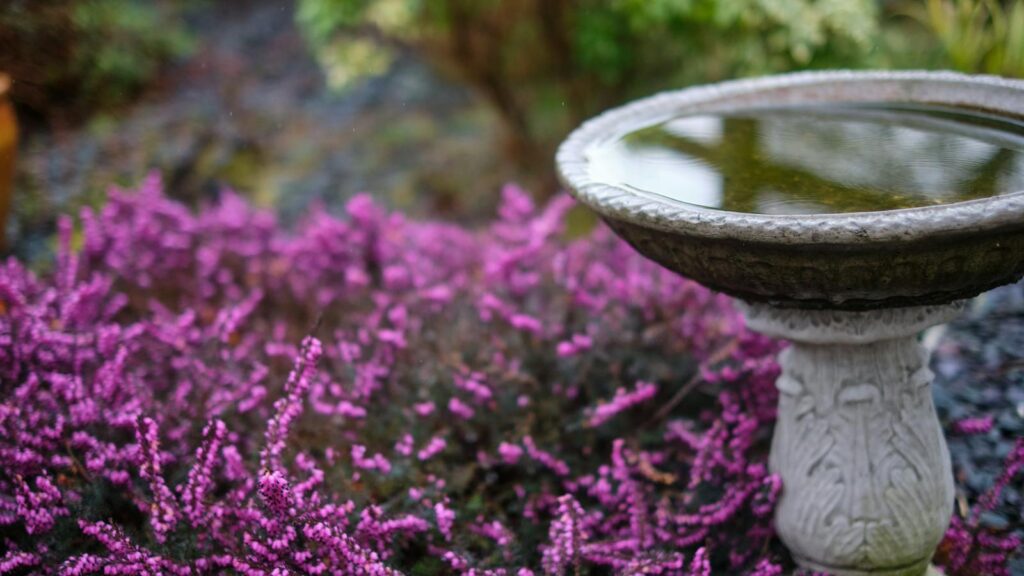
Before designing a bird-friendly garden, it’s essential to understand what birds require to thrive in your landscape. All birds need four fundamental elements: food, water, shelter, and nesting sites. Food sources should vary to attract different species, from seed-bearing plants for finches to berry-producing shrubs for thrushes and waxwings. Water features are crucial not just for drinking but also for bathing, which helps birds maintain healthy feathers for insulation and flight. Shelter protects birds from predators and harsh weather conditions, while suitable nesting sites ensure they can raise their young safely. When your garden satisfies these four requirements, birds will not only visit but potentially establish residence in your outdoor space.
Multi-Layered Vegetation Layout
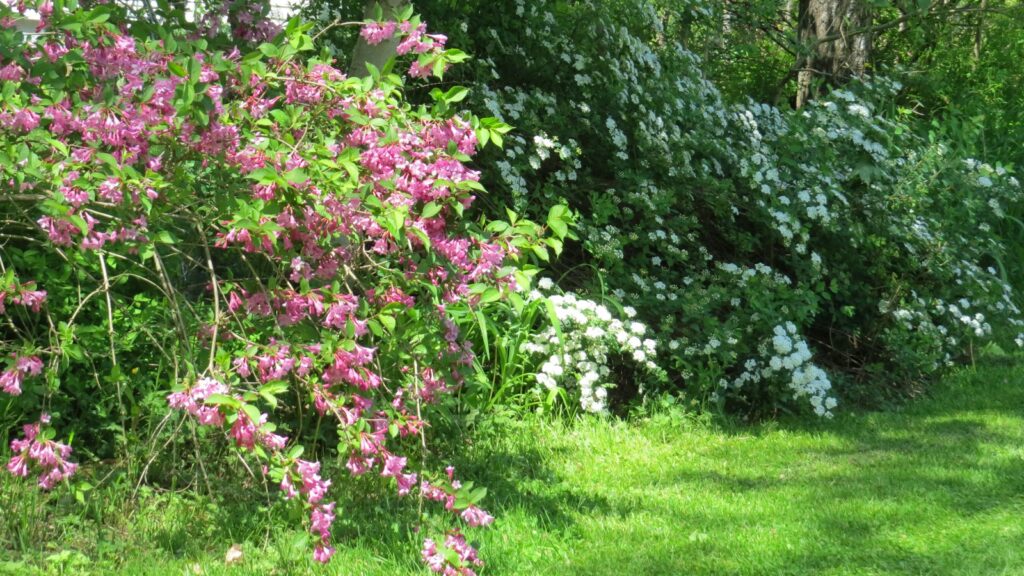
One of the most effective garden designs for attracting birds is a multi-layered vegetation structure that mimics natural habitats. This approach involves planting in vertical layers, starting with ground cover and herbaceous plants, then adding shrubs of varying heights, understory trees, and finally canopy trees. Each layer provides different resources for birds—ground-dwelling species like sparrows and towhees forage in low vegetation, while warblers and vireos prefer mid-level shrubs and trees. Woodpeckers and chickadees often utilize the higher branches and trunks of mature trees. This stratified planting creates diverse microhabitats within a single garden, accommodating birds with different feeding and nesting preferences. When implementing this design, ensure smooth transitions between layers rather than abrupt changes for a more natural and appealing landscape.
Native Plant Corridors
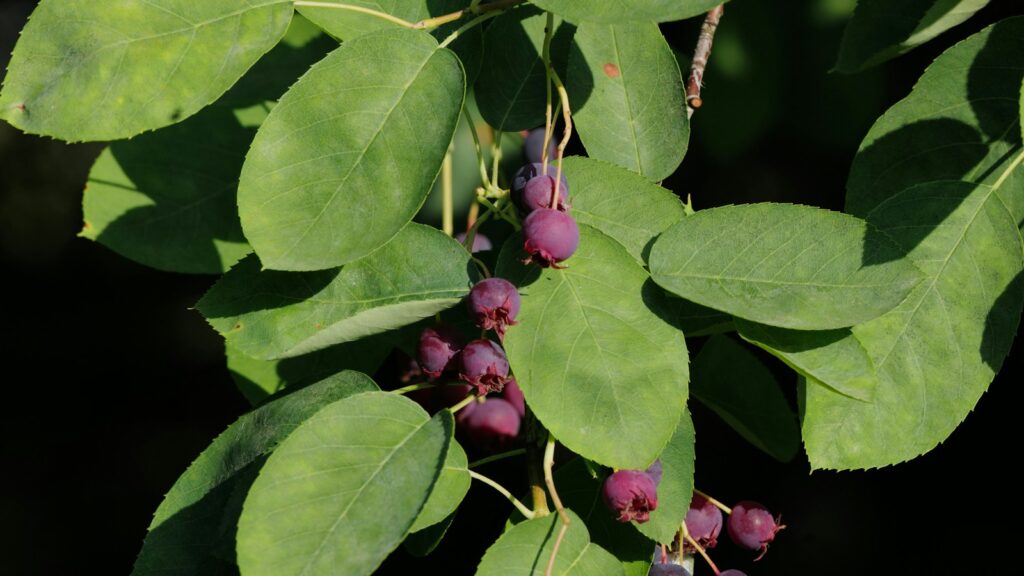
Creating corridors of native plants transforms your garden into a bird magnet by providing familiar and nutritionally appropriate food sources. Native plants have co-evolved with local bird species, producing fruits, seeds, and nectar at the right times and in the right forms for regional birds to utilize effectively. These corridors should include a variety of native trees, shrubs, and flowering plants that produce food throughout the seasons. For example, serviceberry offers spring berries, coneflowers provide summer and fall seeds, and evergreen trees offer winter shelter and pine seeds. Native plant corridors also support insect populations that serve as crucial protein sources for many bird species, especially during nesting season when parents need high-protein food for growing chicks. Research plants native to your specific region for the most effective bird-attracting garden design.
Meadow and Prairie Designs
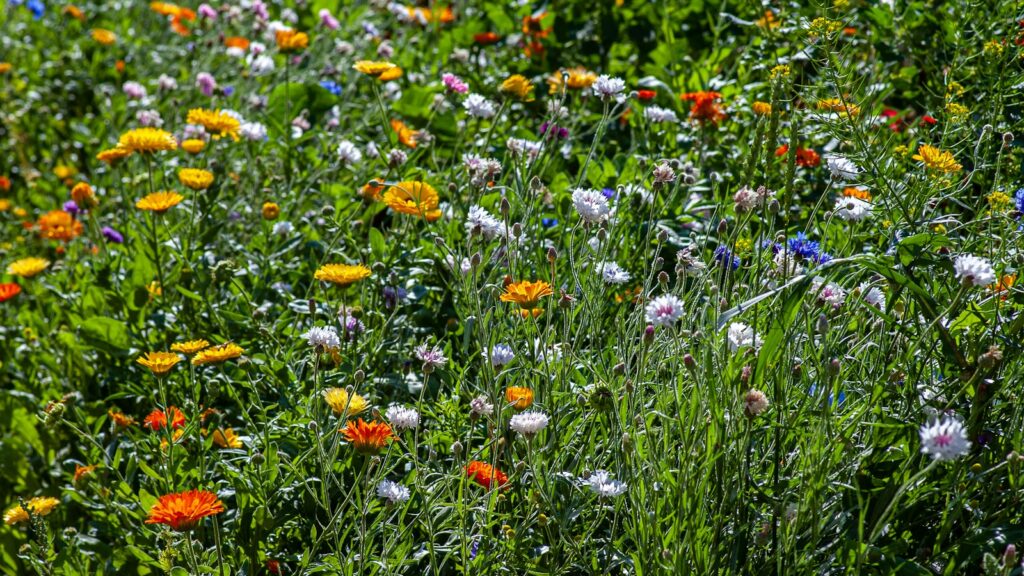
Meadow and prairie-inspired gardens create perfect habitats for ground-feeding and grassland birds that are often overlooked in typical garden designs. These open, sunny layouts feature native grasses interspersed with wildflowers, creating an ecosystem that supports birds like goldfinches, sparrows, meadowlarks, and indigo buntings. The seed heads of ornamental grasses like little bluestem, switchgrass, and prairie dropseed provide abundant winter food sources when other options become scarce. Coneflowers, black-eyed Susans, and other prairie flowers not only add vibrant color but produce seeds that attract finches and other seed-eating birds. The relatively open structure of meadow gardens also creates hunting grounds for aerial insectivores like swallows and flycatchers that need space to swoop and dive for flying insects. Leave meadow areas standing through winter rather than cutting back in fall to provide essential food and shelter during the harshest months.
Woodland Edge Gardens
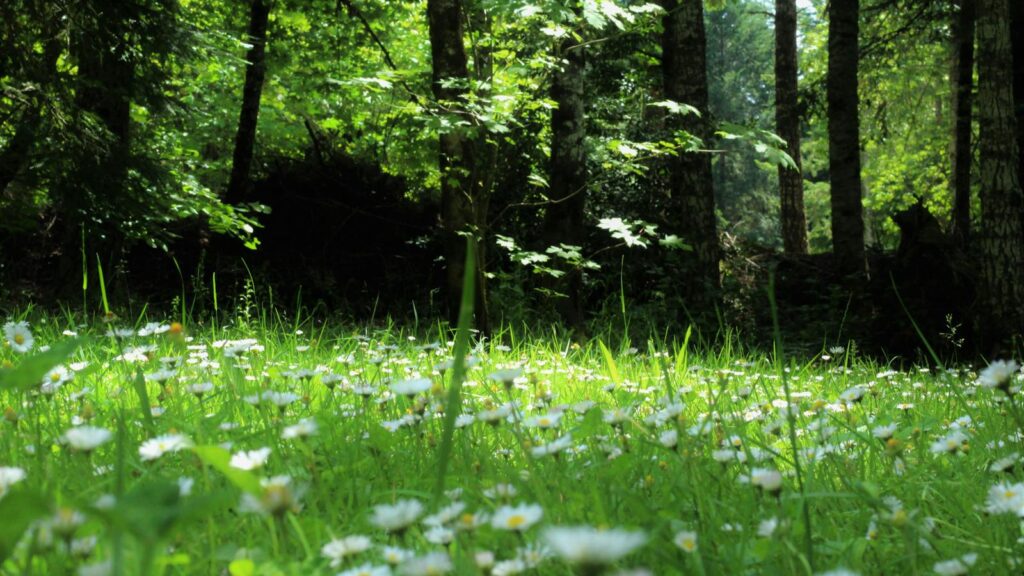
The woodland edge—where forest meets open space—is one of nature’s most biologically diverse zones and can be recreated in home gardens to attract numerous bird species. This transitional habitat design incorporates elements of both forests and meadows, creating a dynamic ecotone that appeals to a wide range of birds. Begin with taller trees at the back of your garden, then gradually step down to shorter trees, large shrubs, small shrubs, and finally herbaceous plants and grasses at the front. This progression creates a softened edge that offers numerous niches for different birds to exploit. Thrushes, catbirds, and cardinals particularly favor these edge habitats where they can quickly retreat to denser vegetation when threatened. The diversity of plant heights and densities in woodland edge gardens provides multiple feeding levels, nesting opportunities, and protective cover while creating a visually appealing, naturalistic garden design.
Water Feature Integration
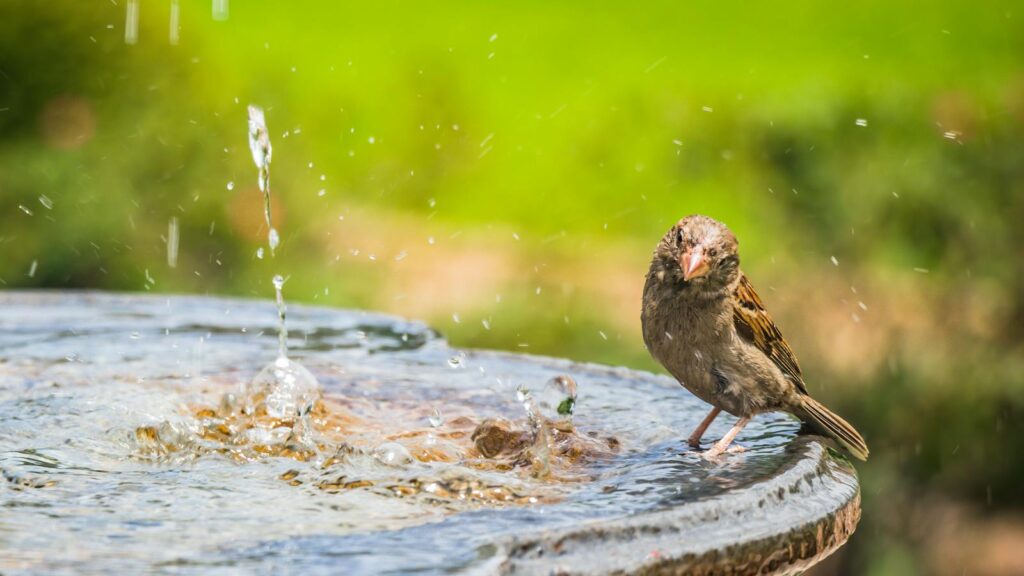
Water features are among the most effective elements for attracting birds to your garden, serving both practical and aesthetic purposes in your landscape design. Bird-friendly water sources should have varying depths, with shallow edges allowing small birds to bathe and drink safely while deeper sections accommodate larger species. Moving water, such as small waterfalls or bubblers, creates appealing sounds that birds can hear from a distance, drawing them to your garden even when they can’t see the water source. Position water features near protective cover like shrubs or small trees so birds can quickly retreat if predators approach, but maintain some clear sightlines so birds can spot danger while using the water. During winter in colder climates, heated bird baths or water heaters can provide crucial drinking water when natural sources freeze, making your garden an essential resource for overwintering birds.
Fruiting Tree Clusters
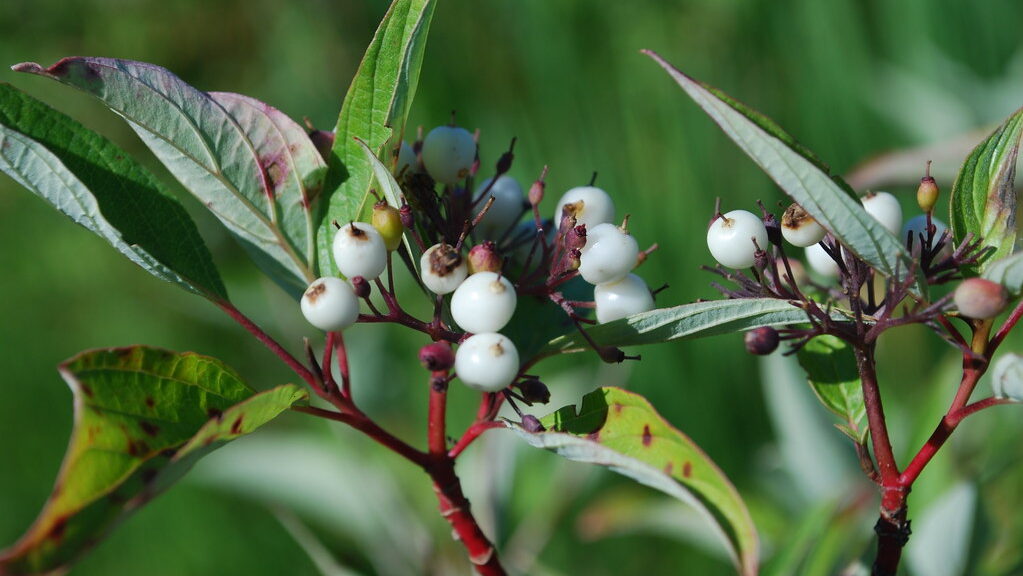
Strategic clusters of fruiting trees create focal points in bird-friendly gardens while providing essential seasonal food sources. Select native fruit trees with staggered fruiting periods to ensure a continuous food supply throughout the growing season and beyond. Early-fruiting species like serviceberries attract spring migrants, while crabapples and dogwoods offer fall and winter berries that sustain birds during food-scarce periods. Plant these trees in small groups rather than as isolated specimens to create more substantial food resources and protective habitat areas. The denser foliage of grouped trees provides safer feeding areas where birds can quickly dodge into cover if predators approach. Consider the mature size of each species when planning clusters, allowing adequate spacing for healthy growth while creating a cohesive canopy that birds can navigate safely when moving from tree to tree.
Berry-Producing Shrub Borders
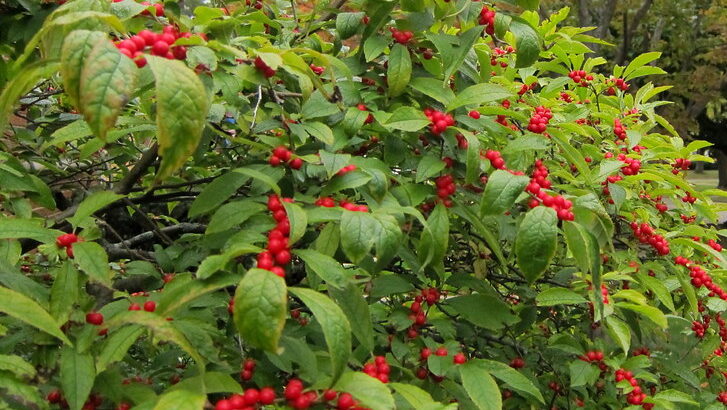
Shrub borders featuring berry-producing species create protective edges around gardens while serving as primary food sources for many birds. Native shrubs like viburnums, elderberries, chokeberries, and holly produce nutritious berries with high fat content that help birds build essential energy reserves, especially before migration or during cold winter months. Plant these shrubs in mixed borders rather than monotonous hedges, incorporating varieties with different fruiting times to extend the feeding season. The dense, twiggy growth of many berry-producing shrubs also provides excellent nesting sites for species like cardinals, catbirds, and thrashers that prefer shrub-level habitats. Position these borders along property lines or as dividers between garden rooms to create connected corridors that allow birds to travel safely through your landscape while accessing different resources. Maintain some areas of dense growth by pruning selectively rather than shearing these shrubs into formal shapes that reduce both fruit production and nesting potential.
Seed-Producing Perennial Beds
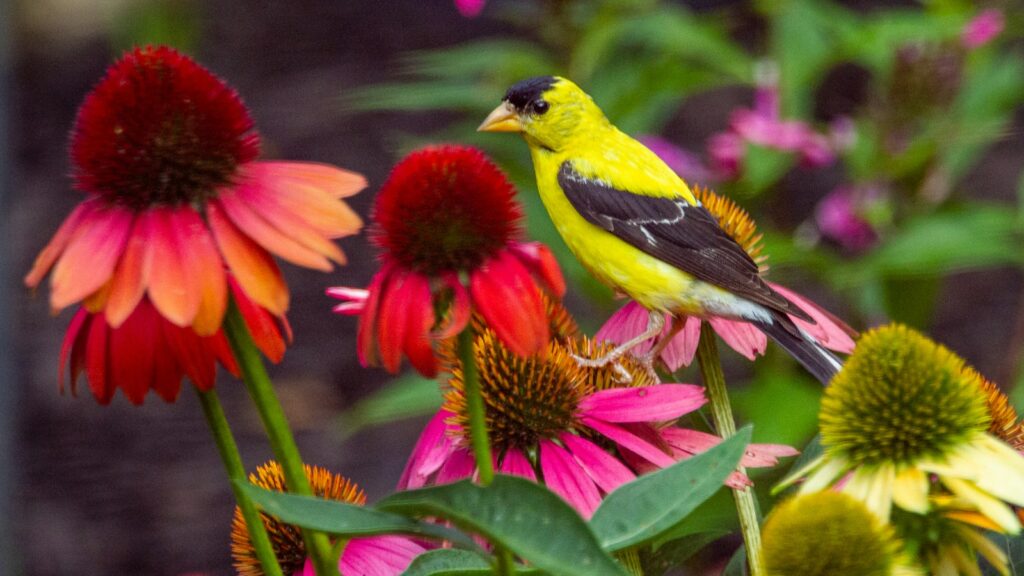
Dedicated beds of seed-producing perennials offer sustainable, low-maintenance food sources that attract finches, sparrows, juncos, and other seed-eating birds. Plants like coneflowers, black-eyed Susans, sunflowers, asters, and native grasses produce abundant seeds that persist through fall and winter when other food sources diminish. Design these beds with structural integrity in mind, selecting perennials that maintain upright stems even when weighted with snow, allowing birds to access seeds throughout winter. Group similar plants in substantial drifts rather than individual specimens to create more significant food resources that will attract larger numbers of birds. Resist the urge to deadhead these plants in fall; instead, leave the seed heads standing through winter and delay spring cleanup until temperatures consistently warm, providing crucial late-winter nutrition when birds’ natural food reserves are most depleted. The architectural qualities of seed heads and dried stems also add winter interest to your garden while serving this vital ecological function.
Brush Pile Habitats
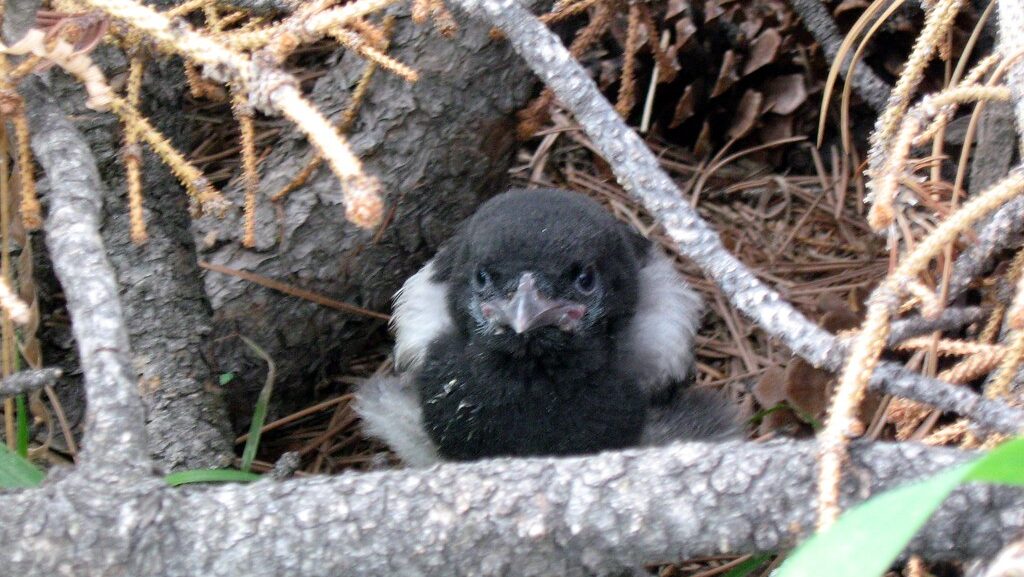
Though often overlooked in conventional garden designs, strategically placed brush piles function as essential wildlife habitats that particularly benefit birds. These structures provide immediate protective cover, roosting sites, and even nesting locations for wrens, sparrows, and other birds that appreciate dense, twiggy environments. Create effective brush piles by starting with larger branches or logs as a foundation, then adding progressively smaller branches in a crisscross pattern to create numerous small cavities and tunnels. Position brush piles near feeding areas but somewhat hidden from main viewing areas if aesthetic concerns arise—they can be partially screened with ornamental grasses or shrubs while still fulfilling their ecological function. In larger properties, multiple smaller brush piles distributed throughout the landscape provide more habitat value than a single large pile, creating shelter options near different garden resources. These structures also support beneficial insects that serve as food sources for insectivorous birds, creating a complete habitat component.
Dedicated Nesting Areas
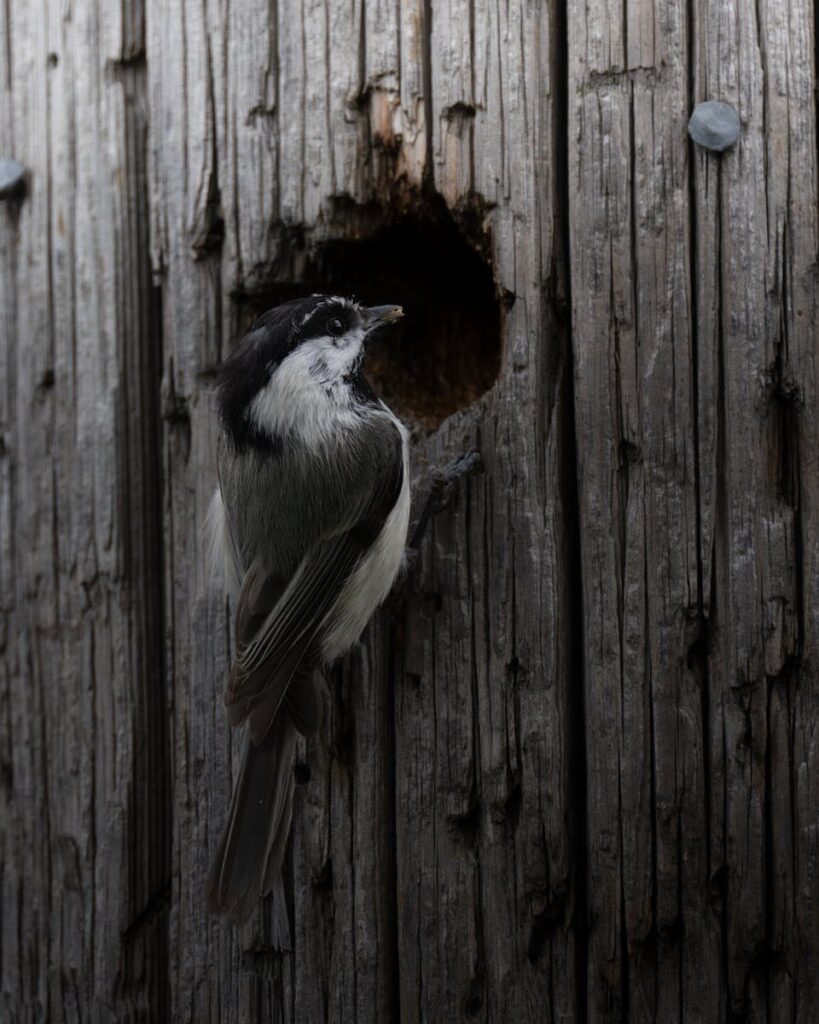
Creating specific zones dedicated to nesting opportunities significantly enhances your garden’s value to bird populations. Different species have vastly different nesting requirements—cavity nesters like chickadees and nuthatches need dead trees or substitute nest boxes, while open-cup nesters require appropriate branches and dense foliage for nest placement. Incorporate a variety of coniferous trees and shrubs, which provide excellent nesting sites with their dense, protective branching patterns and year-round cover. Position nest boxes at appropriate heights and with proper orientation for target species, installing them well before breeding season so birds can discover them during territory establishment. Maintain “messy” areas with materials birds can use for nest construction—dead twigs, plant fibers, fallen leaves, and even pet hair collected from brushing can be placed in mesh holders for birds to collect. Reduce disturbance in nesting areas during breeding season, scheduling major garden maintenance for before or after this sensitive period.
Winter Shelter Designs
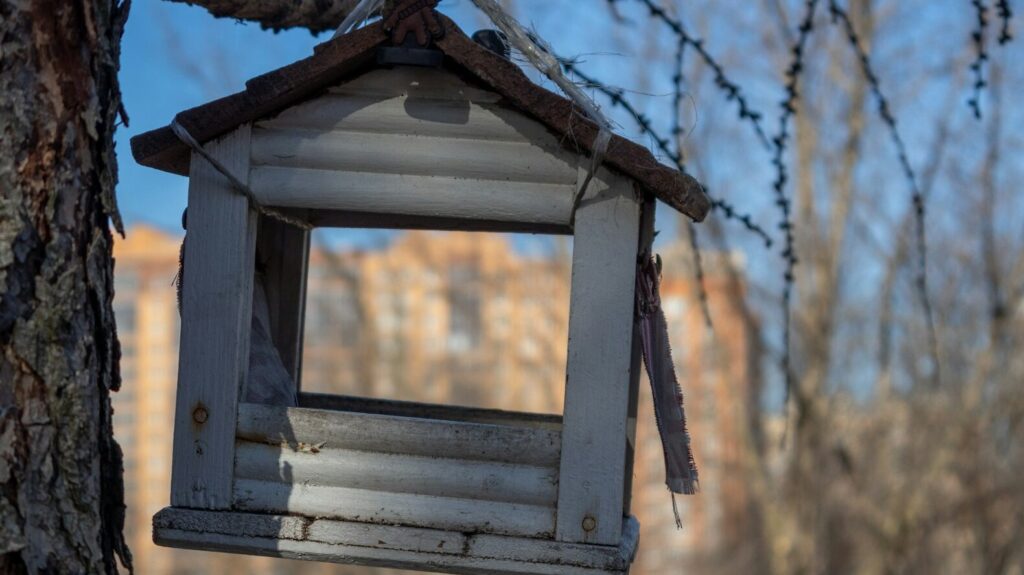
Thoughtful winter shelter design makes your garden a year-round haven for birds, supporting resident species and winter migrants during the most challenging season. Evergreen trees and shrubs form the backbone of winter bird habitat, providing crucial wind protection, thermal cover, and roosting sites during cold nights. Create windbreaks on the prevailing winter wind side of your property using dense evergreens like spruce, pine, or native cedars, positioning them to shield feeding stations and water features. Incorporate plants with persistent fruits that mature late and remain on branches through winter, such as winterberry holly, crabapples, and native viburnums, providing food alongside shelter. Maintain areas of dense understory vegetation where birds can quickly retreat during predator attacks, which become more dangerous in winter when deciduous plants lose their leaves. Leave ornamental grasses and perennials standing through winter, as their accumulated snow creates insulated ground-level microclimates that protect birds during severe weather while still allowing access to fallen seeds.
Sustainable Feeding Station Integration
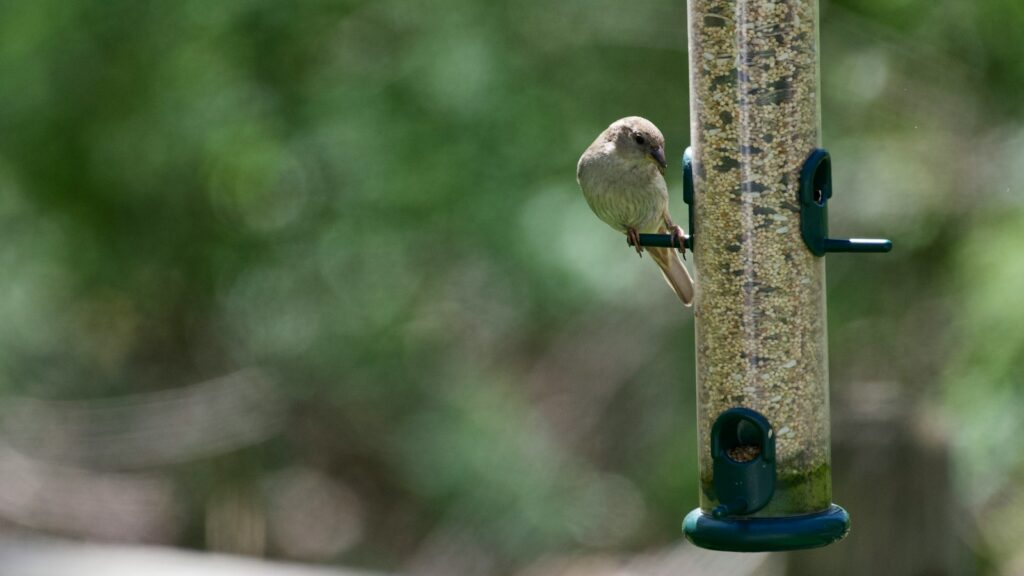
While natural food sources should form the foundation of a bird-friendly garden, thoughtfully integrated feeding stations can supplement these resources and create excellent bird watching opportunities. Position multiple feeding stations throughout your garden rather than concentrating all feeding activity in one area, reducing competition and disease transmission while allowing different bird species to find their preferred feeding style. Place feeders at varying heights to accommodate species with different feeding preferences—ground feeders like juncos and towhees, platform-feeding cardinals and grosbeaks, and clinging birds like chickadees and woodpeckers. Always position feeders near protective cover but not so close that predators can use the cover for ambushes; a distance of 10-12 feet from shrubs or trees provides escape options while maintaining visibility. Incorporate different feeder types offering various foods—black oil sunflower seeds, nyjer for finches, suet for woodpeckers and insect-eaters, and fruit for mockingbirds and thrushes—to maximize the diversity of visiting birds.
Bird-Friendly Maintenance Practices
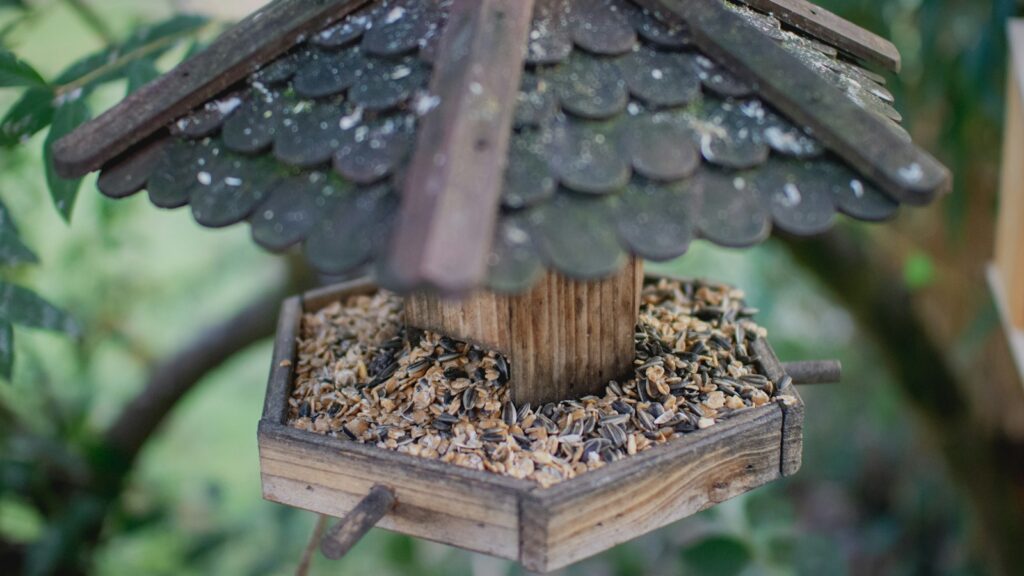
Even the best-designed bird garden can fail to attract or support birds if maintenance practices don’t align with birds’ needs and life cycles. Adopt a more relaxed approach to garden cleanup, leaving seed heads and berries intact through fall and winter rather than deadheading for neatness. Delay spring cutbacks until consistent temperatures above 50°F have been reached, as many beneficial insects that birds feed on overwinter in hollow stems and leaf litter. Eliminate or strictly minimize chemical pesticide use, as these compounds reduce insect populations that serve as crucial protein sources for birds, particularly during nesting season when parents need high-protein foods for growing chicks. When pruning is necessary, schedule major work for late winter before nesting season begins, and always check for active nests before cutting any vegetation during spring and summer. Establish a mowing schedule for meadow areas that avoids ground-nesting bird season, typically mowing only once annually in late winter or early spring before migrants return.
Seasonal Considerations for Year-Round Appeal
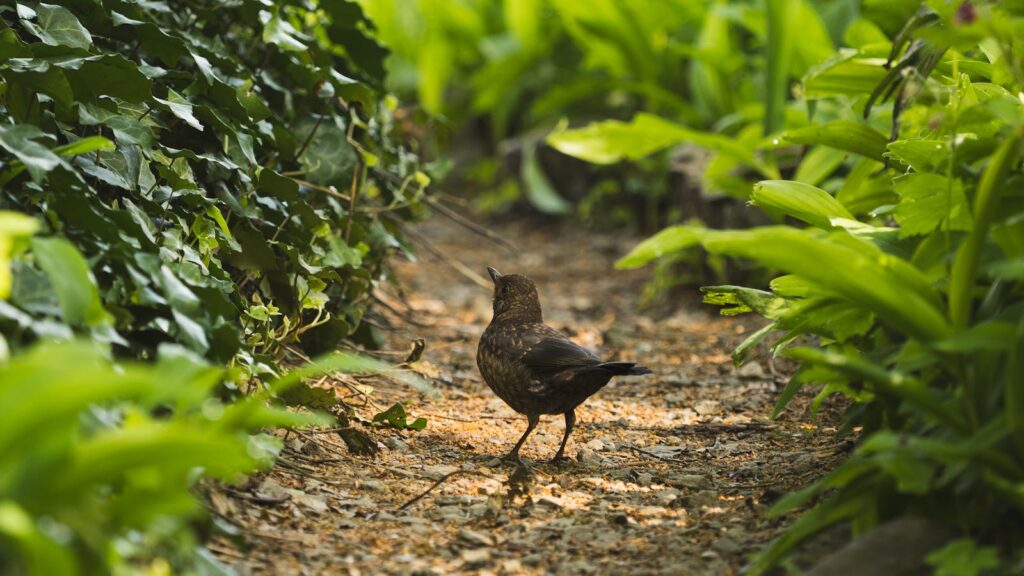
A truly successful bird garden provides resources and attracts different species throughout the year, requiring thoughtful planning for seasonal transitions. Spring gardens should emphasize early-blooming plants that attract insects emerging with warming temperatures, providing crucial protein for returning migrants and nesting birds. Summer layouts should include dense foliage for nesting cover and water features that offer relief during hot weather, while fall gardens highlight abundant seed and berry production to help birds build fat reserves for migration or winter survival. Winter designs require evergreen structure, persistent fruits, and protective microclimates that shield birds from harsh conditions when their energy requirements are highest. Map your garden’s resources across all seasons, identifying any gaps in food, water, or shelter availability, then adjust plantings or supplemental features to ensure continuous support for bird populations. This year-round approach creates a dynamic garden that changes with the seasons while consistently meeting birds’ evolving needs.
Conclusion
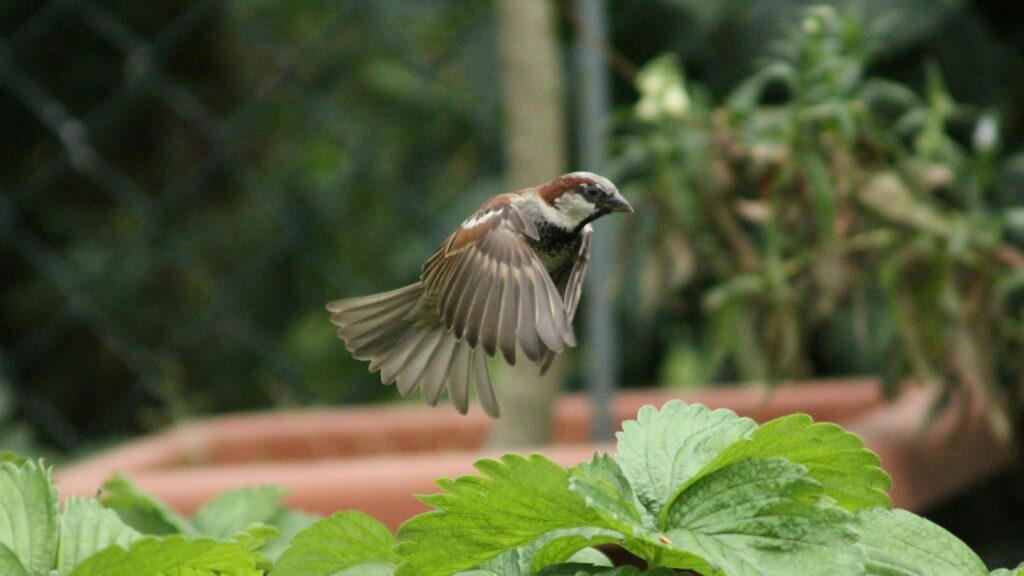
Creating a bird-friendly garden involves much more than simply hanging a feeder or installing a birdbath. By thoughtfully incorporating the layouts and elements described above, you can create a comprehensive habitat that supports diverse bird species throughout the year. Remember that patience is essential—birds may take time to discover and trust your garden space. As your plants mature and your garden’s ecology develops, you’ll be rewarded with increasingly frequent visits from a growing variety of birds. The joyful songs, fascinating behaviors, and brilliant colors of your feathered visitors will transform your garden into a living sanctuary that connects you more deeply with the natural world right outside your door.
